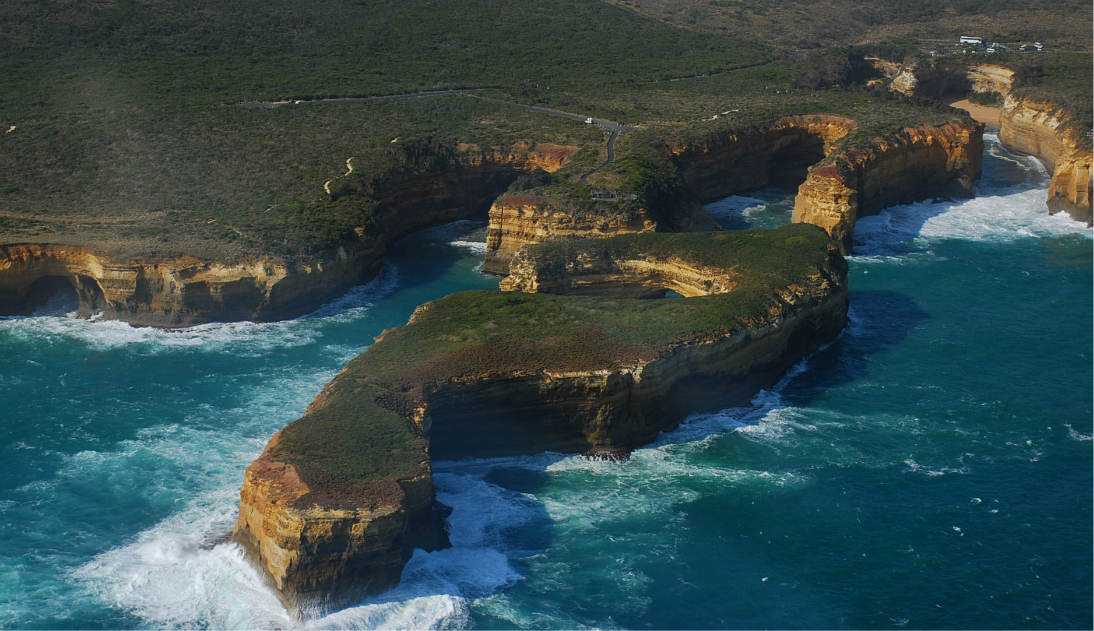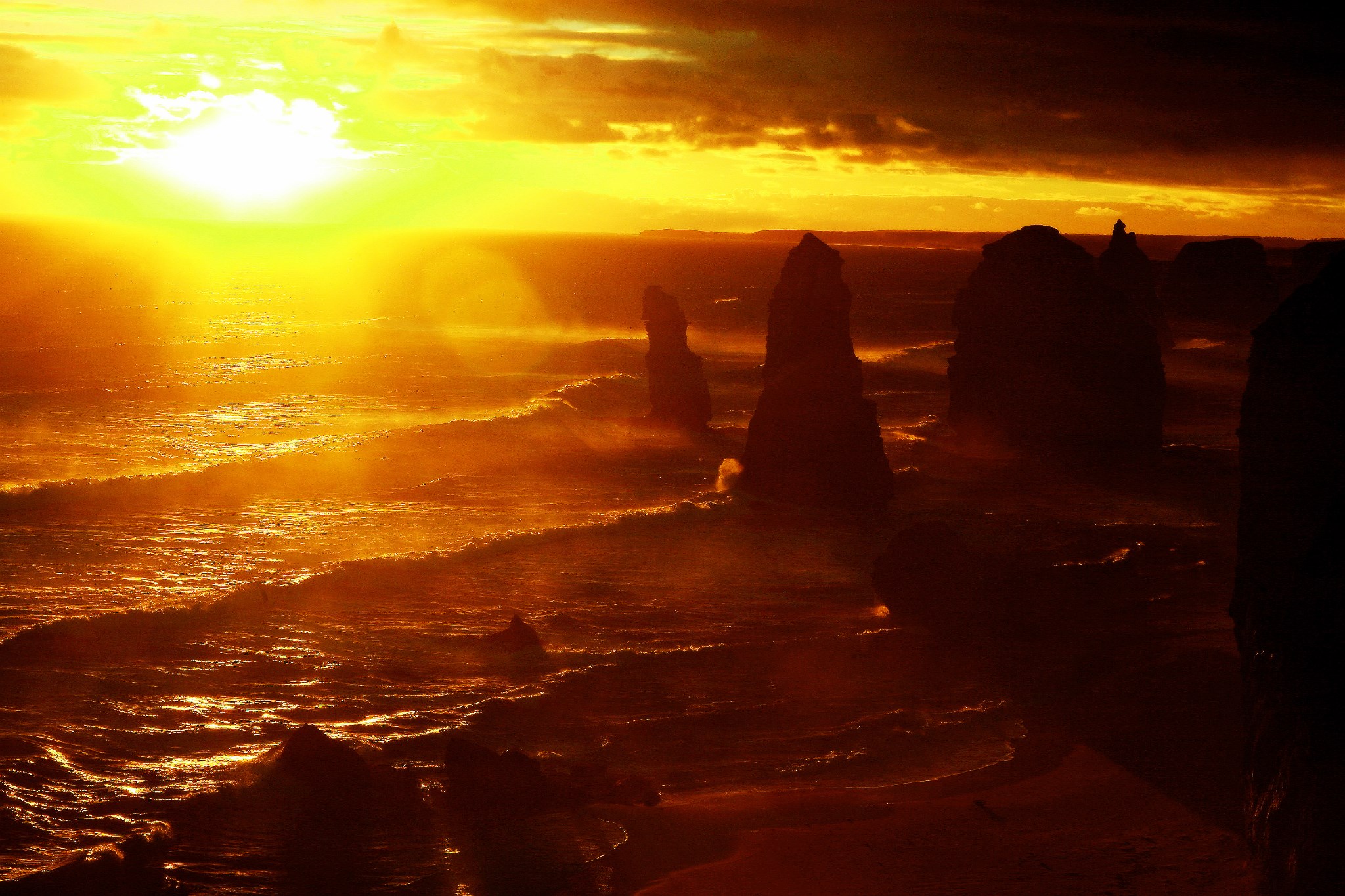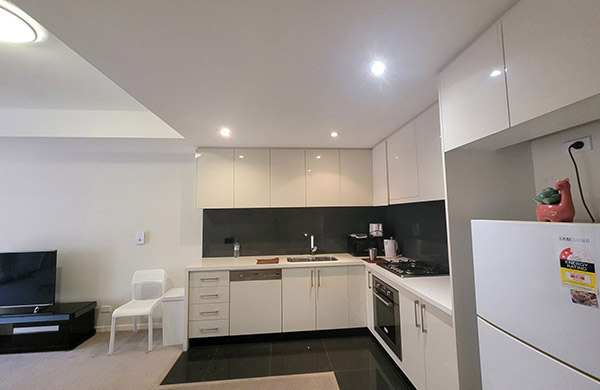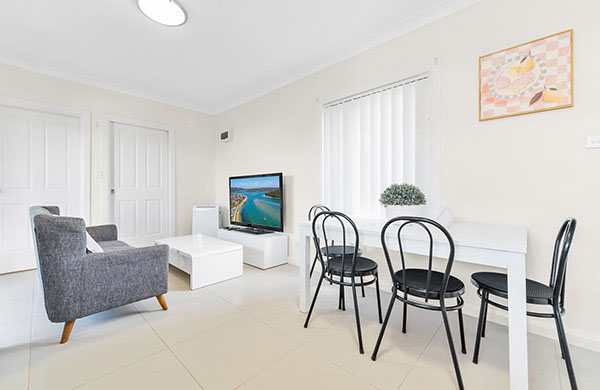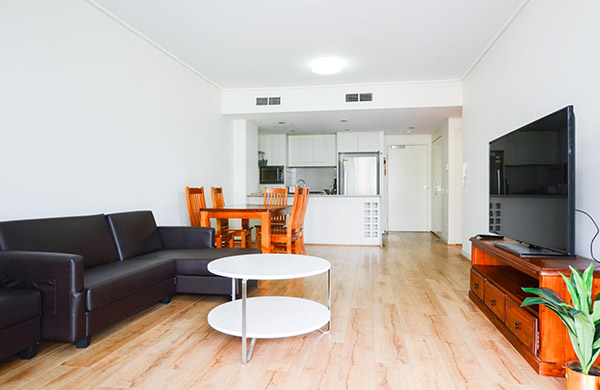Sydney Opera House
- Sydney Opera House
· A shell-like sculptural structure built on the harbor, it is a world-renowned performing arts center and one of Sydney's landmark buildings.
· The Opera House appears different at various times and angles; you can see a panoramic view from the Royal Botanic Gardens observation deck.
· The Concert Hall features the world's largest mechanical tracker organ with 10,500 pipes at its front. The entire hall is constructed using Australian timber, faithfully representing Australia's unique style.
· The Opera House combines ancient and modern styles, making it one of the must-visit attractions in Sydney.
Transportation
Bus:
Take bus routes 333, 380, 389, 392, 396, 397, 399, 890, L94, or X94 to Circular Quay Stand E, then walk about 8 minutes.
Ferry:
The nearest wharf is Circular Quay, about 10 minutes' walk from the Opera House. Six ferry services stop here: No.1-5 Wharf and Harbour Master Steps. Choose different ferries based on your itinerary.
Admission
Standard tickets: Adult AUD 45 / Child (5-15 years) AUD 25 (January 1 - December 31, Monday-Sunday)
Free admission: Children under 5
Tips:
*Prices are for reference only, please check with official venue for any changes
Opening Hours
09:00-17:00 (January 1 - December 31, Monday-Sunday)
Tips:
Chinese 1-hour guided tours:
Monday, Tuesday, Thursday, Friday, Sunday:
09:30, 11:00, 13:00, 14:30
Wednesday, Saturday:
09:30, 11:00, 14:30, 16:00
*For reference only, subject to actual booking availability
The famous Sydney Opera House I'd seen countless times on TV was right before my eyes, but I noticed its white shell exterior had yellowed somewhat. Built in 1973, the Opera House now shows signs of age - the building is growing old. Later, a friend commented on my social media post, saying that it's mainly because Chinese people's perspective on the world has changed. I found this observation quite profound.
If we had visited Sydney in the 1970s, we would likely have been amazed by such a modern city and marveled endlessly at this beautiful architecture. But today, China has developed significantly. Though our cities still face various challenges, we've seen numerous architecturally innovative buildings emerge, and our cities have become increasingly sophisticated. At least metropolises like Beijing and Shanghai now rival international cities, making such sights less extraordinary to us.
Up close, the Opera House resembles two sets of upturned shells. The pointed shells of varying heights are covered with white glazed tiles that, in sunlight, make it look like either upright seashells or two giant white sailboats floating on the blue sea. Even small children were crawling on all fours toward the building. Since it was Christmas, the Opera House was closed, so we couldn't tour the interior - a bit disappointing.
Though I'm not an architecture expert, I found the Opera House's curved design quite aesthetically pleasing. The surface isn't completely solid but features lines and small openings - perhaps considering acoustic requirements for a performance venue? Standing on the Opera House steps and looking back at the plaza, it's clear that Sydney's privileged geographic location forms the foundation of its beauty. You can see many sailboats too - Australians truly know how to enjoy life.
From the Harbour Bridge side, you can see the Opera House's complete side profile. Although it wasn't as magnificent as I'd imagined (perhaps my expectations were too high, given its status as Australia's iconic building), the three white shells still look impressive against the backdrop of blue sky and water.
LIMITED TIME OFFERS
Related Apartments
Premium accommodations at exceptional prices.
Elevate your travel experience with our carefully curated holiday deals.
 Hayes Road, Rosebery NSW 2018, Australia
Hayes Road, Rosebery NSW 2018, Australia $180 - $300
-
2 Bedrooms
-
2 Baths
-
2 Guests
 Coxs Road, North Ryde 2113
Coxs Road, North Ryde 2113 $180 - $350
-
2 Bedrooms
-
2 Baths
-
2 Guests
 Regent Street, Kogarah NSW, Australia
Regent Street, Kogarah NSW, Australia $145 - $200
-
2 Bedrooms
-
2 Baths
-
2 Guests
 Albany St, St Leonards NSW, Australia
Albany St, St Leonards NSW, Australia $110 - $200
-
1 Bedrooms
-
1 Baths
-
1 Guests
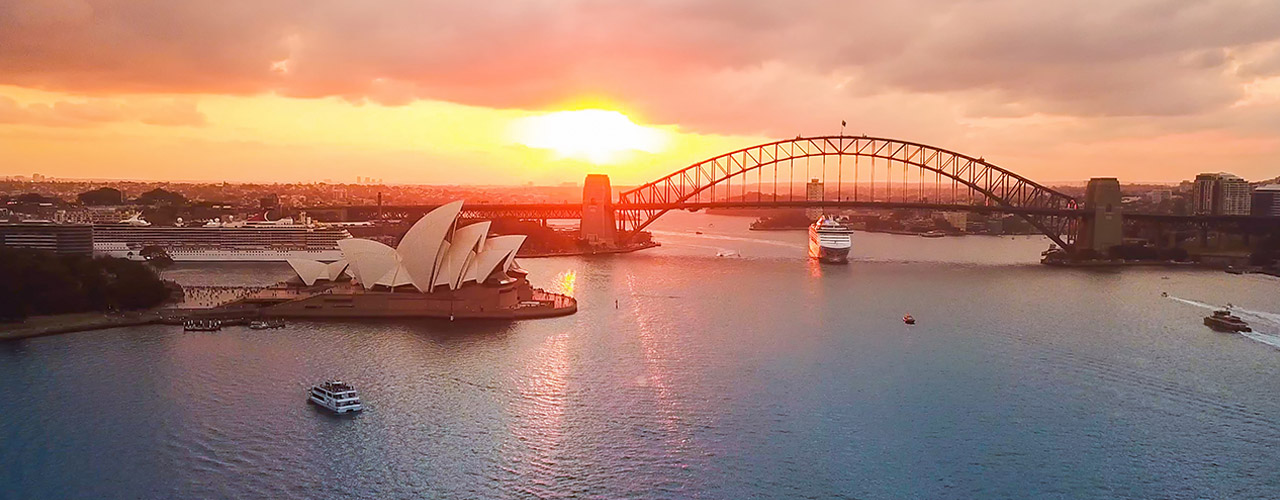
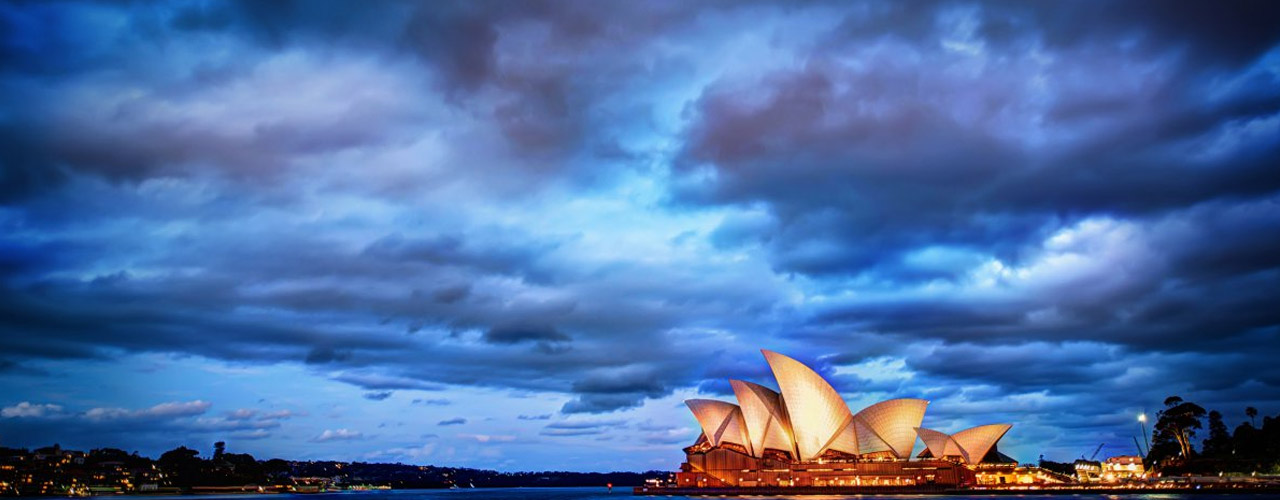
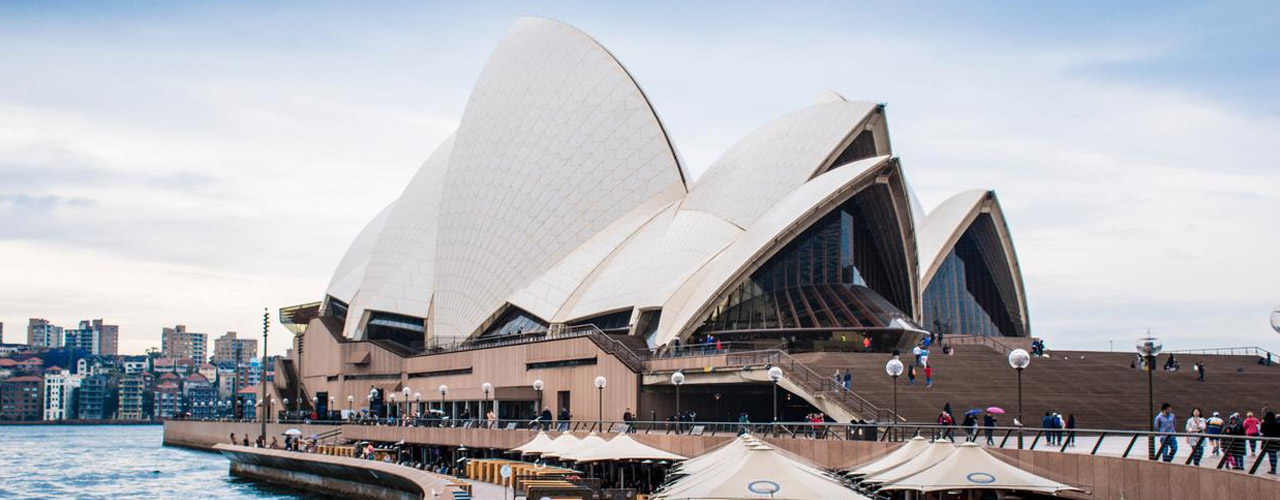
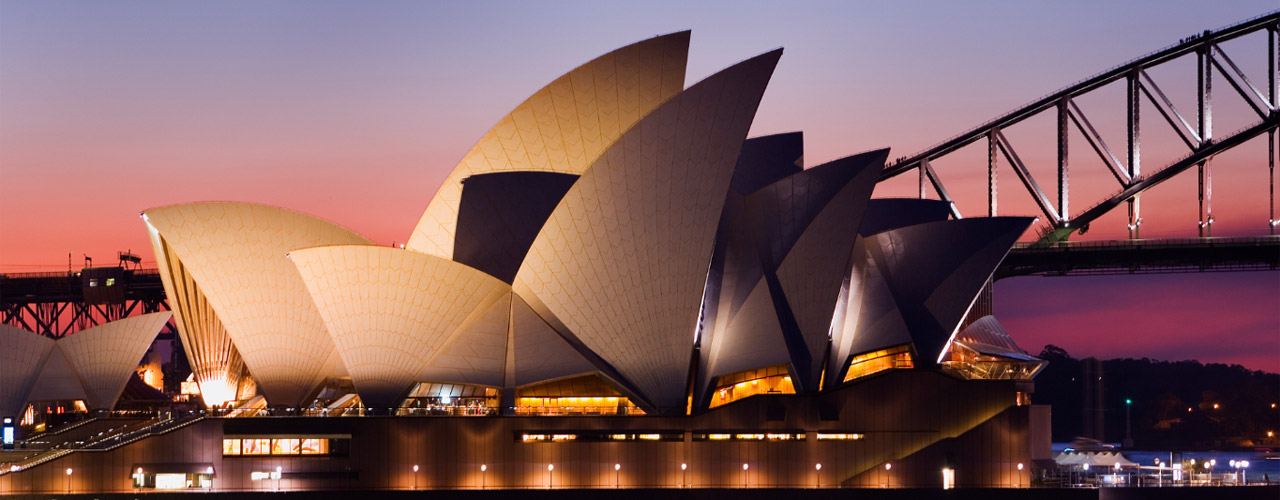
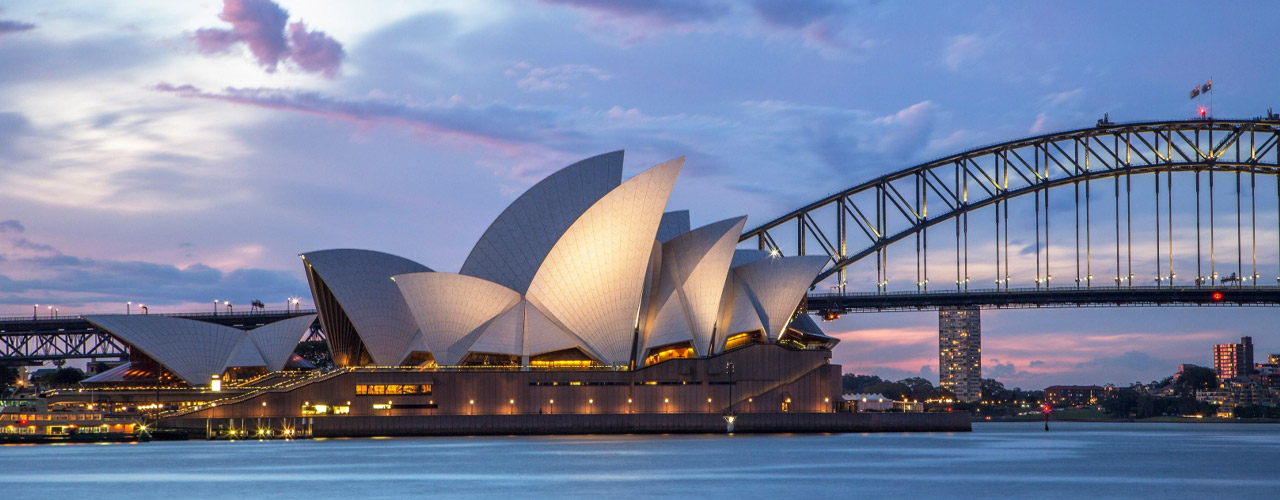
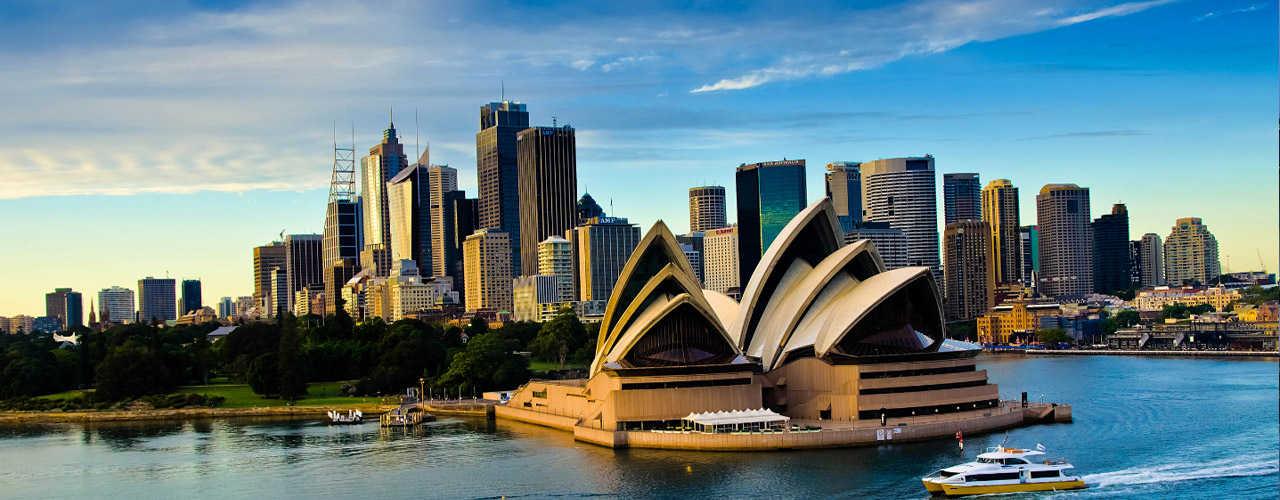
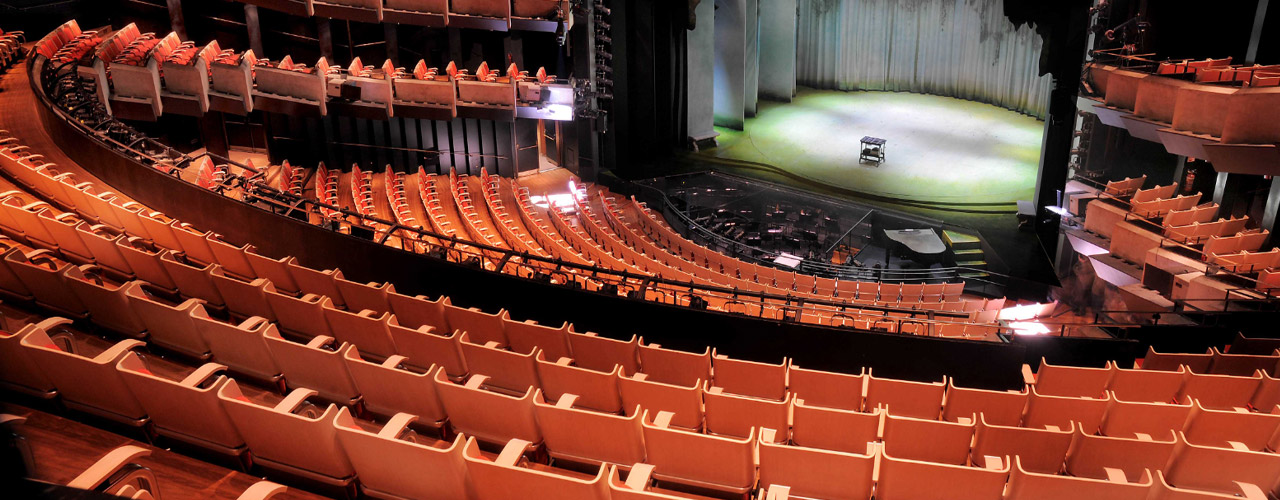

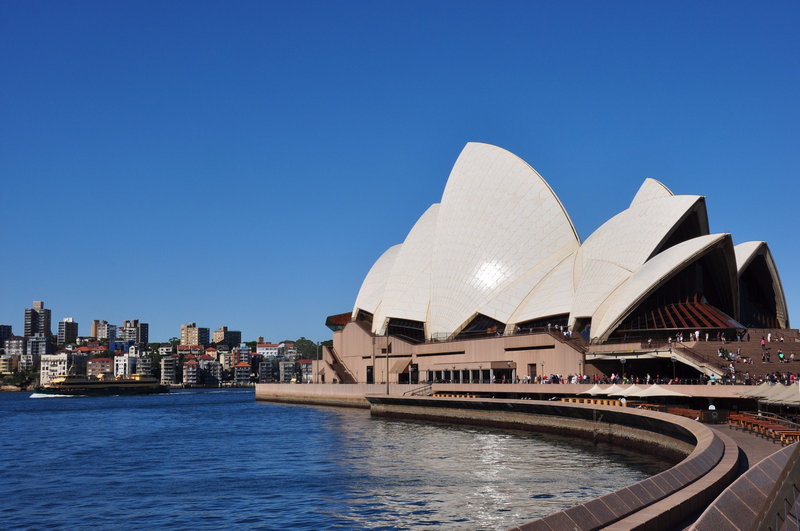
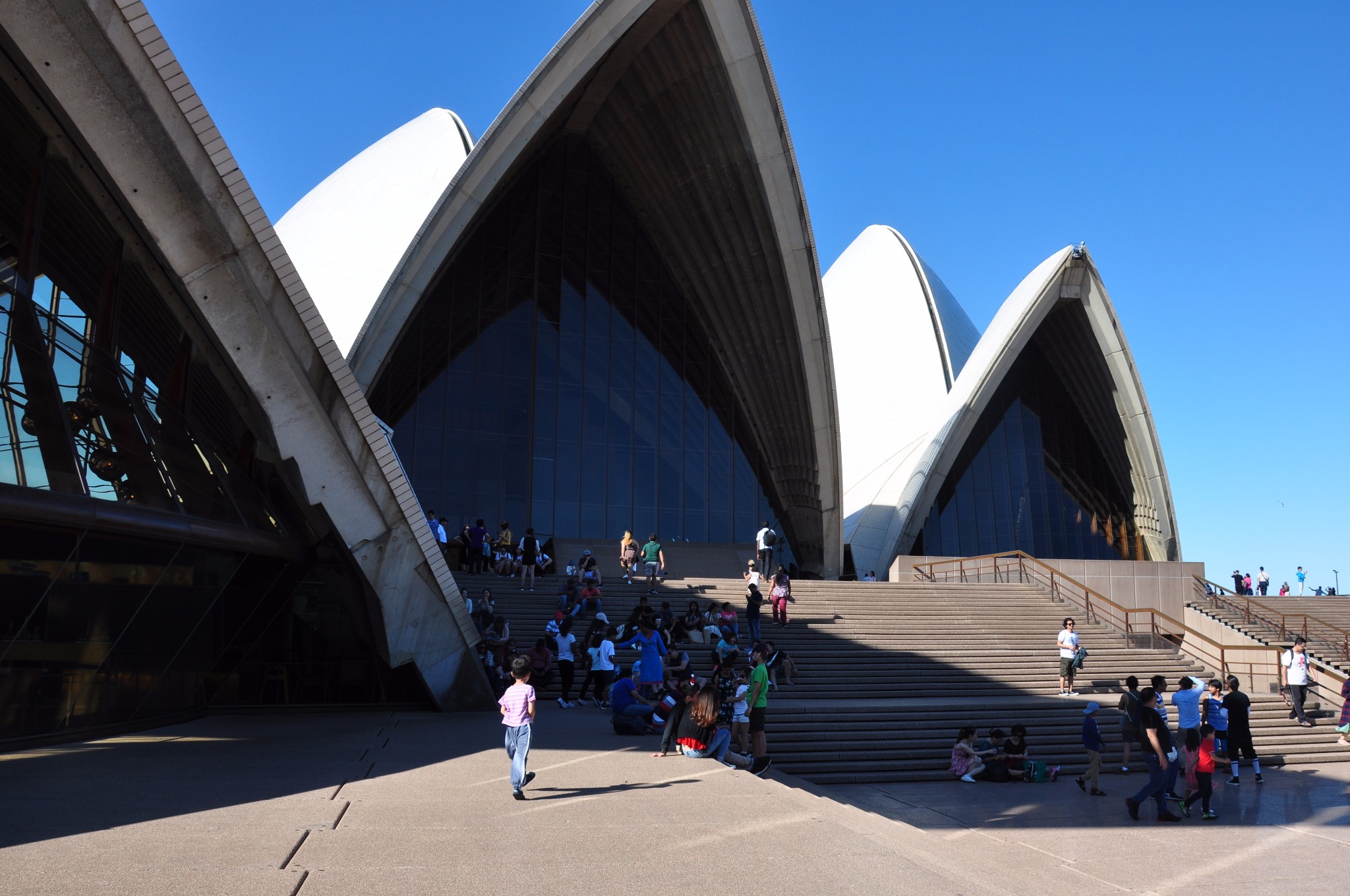
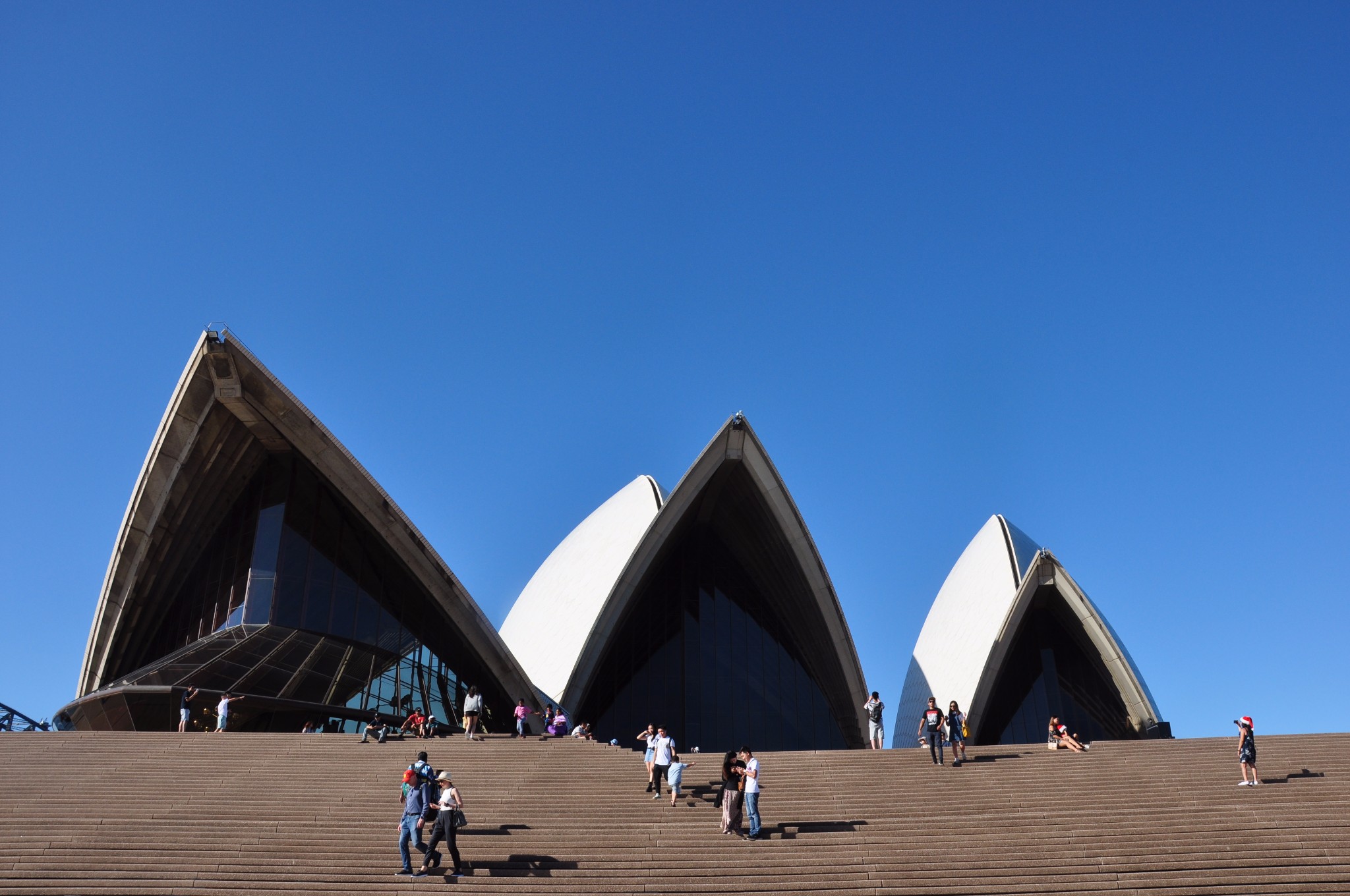
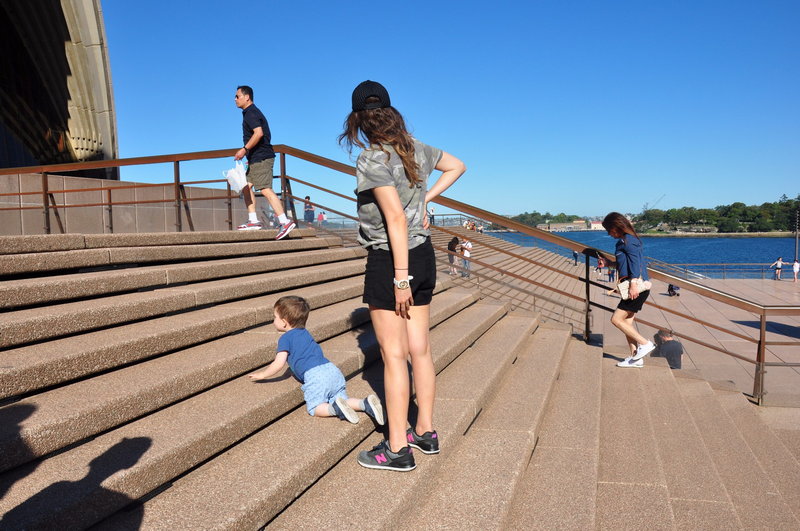

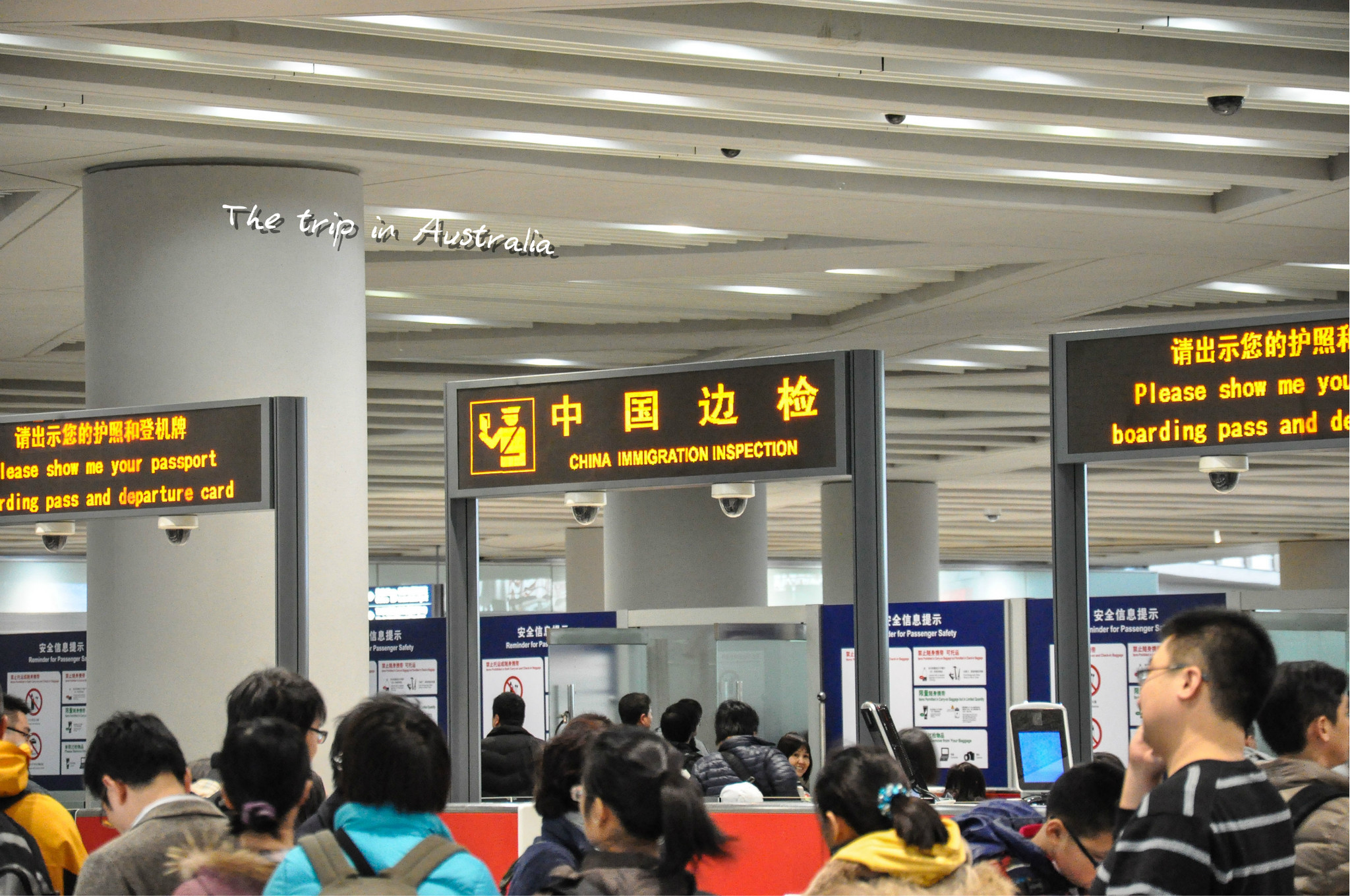
![[Great Ocean Road] Beauty Beyond the Twelve Apostles](https://www.sydneynest.com/uploadfile/202507/7ad88dd3d3e0ffb.jpeg)

